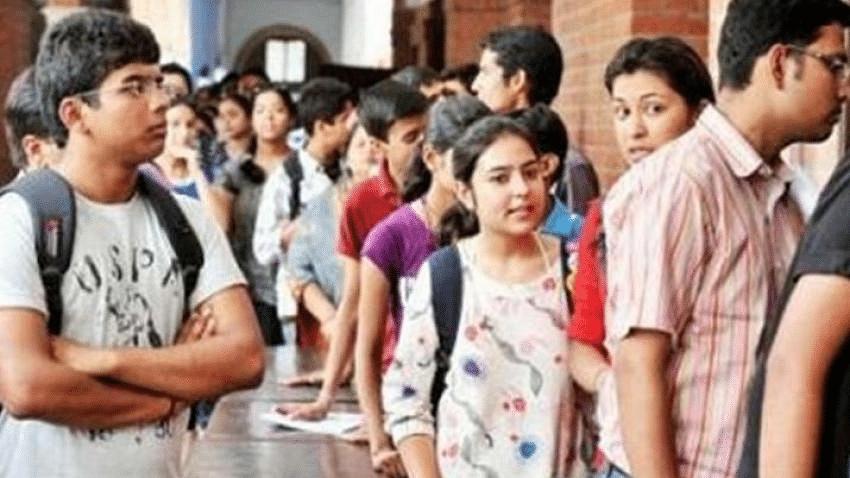
UPSC Civil Services Exam: Harnessing Data For Policy Making In Economic Survey, Summary For IAS Aspirants (Part V)
Chapter 4 of the Economic Survey 2019 talks about using data by the government in social sector, where private investment remains low. The survey points out that while the marginal cost of data has gone down in recent years, thanks to tech advancements, the marginal benefits to society have risen multifold.
Benefits:
- Evidence-based policy making
- Enhancing ease of living of citizens
- Better beneficiary targeting in welfare schemes
- Uncovering unmet needs
- Integrating fragmented market
- Greater accountability in public services
- Greater citizen participation in governance
- Product innovation
Costs:
- Collection - especially the disadvantaged sections who don’t have substantial digital footprint, and require door-to-door survey etc.
- Storage - accounting for safety and privacy
- Processing
- Dissemination
Knowledge and consent of the data principal, compliance with privacy laws is important at all the above stages.
The Survey envisions data as a “public good”. In line of the spirit of the Constitution of India, data should be “of the people, for the people, by the people.”
As people shift their day to day activities online, from tax-filing to groceries shopping, huge amount of data that would have otherwise taken laborious surveys to be gathered, is being saved on public and private servers at near-zero costs.
The government can ensure better service delivery by bringing discrete data-sets scattered across various ministries together. It will also reduce inclusion and exclusion errors.
Economic Survey talks about Intimate data, Anonymised data and Public data.
- Data that is not linked to a specific individual but is still available at an individual level of granularity, is called Anonymized data. Example, medical research
- Data neither linked to an individual, nor at an individual level of granularity is known as public data, such as the census. Example, Census.
- Data containing extremely intimate details of an individual, for example, biometric information, is called Intimate data.
The survey talks about three key characteristics of a government-driven data revolution:
- When it comes to data, the whole is larger than the sum of its parts, i.e., it is more useful when it is married with other data. Therefore, merging of disparate datasets maintained by different government agencies is important. Example, MGNREGA and Jan Dhan account data
- Data needs to cover a critical mass of individuals/firms so that comparisons and correlations can be assessed among individuals/firms to generate useful policy insights.
- Data must have a long enough time-series so that dynamic effects can be studied and employed for policy-making.
Why data should be a public good?
While more and more private sector companies are harnessing data, some fields where data is not as ubiquitously harnessed and used. For example, agriculture market. The social sectors of the economy, such as education and healthcare, have lagged the commercial sectors in exploiting data, because the private sector cannot internalise the social benefits of data in these sectors.
Private sector may not have the risk-appetite or capital that is required to generate data with the three characters mentioned above. Since upfront costs of generating data may be high, government needs to step in.
If private sector indeed generates the data with three characteristics, it may give rise to a monopoly that would reduce citizen welfare, and also violate the principle of data by citizens, and, therefore, for citizens.
Private sector would fail to provide an optimal amount of any non-rivalrous, non-excludable good, where as data possesses these qualities of being a public good- non-rivalrous and excludable. Therefore, government intervention is required.
Data are generated by the people, of the people and should be used for the people. As a public good, data can be democratised and put to the best possible use.
To ensure that the socially optimum amount of data is harvested and used for social welfare, keeping in mind the safety and privacy concerns, the government needs to step in. It can do so by directly providing data, or by creating an incentive structure for the private players.
The survey hails the following.
- Union government’s Open Government Data platform and e-NAM
- Transport for London’s open travel data, which can support travel apps
- Data.gov, the preeminent platform of U.S. Government shares data and meta-data from various public agencies and has ‘value added’ features
- Telangana Government’s Samagra Vedika initiative
- Local Government Directory, an application developed by the Ministry of Panchayati Raj
We shall continue with this chapter and more in the next part. You can read previous parts of these series here.